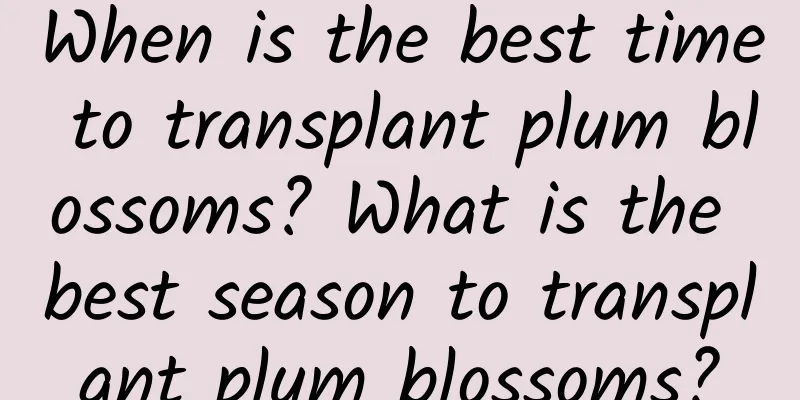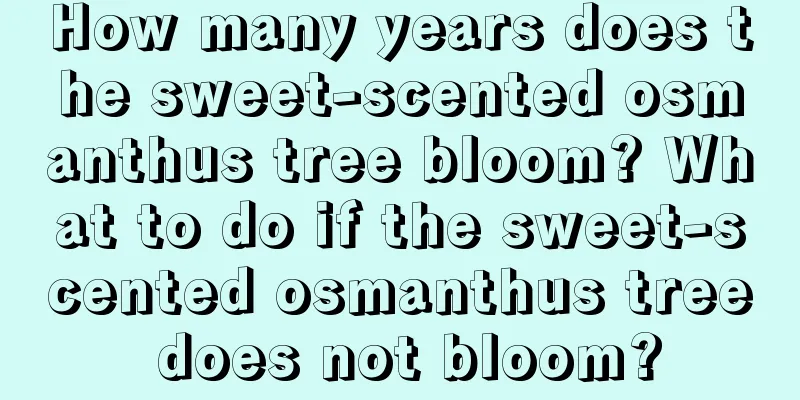How to make bonsai of Phalaenopsis

Potting methodWhen potted, the cultivation medium must have good ventilation, and the roots of ferns or aster are usually used to prepare the potting medium. Dry the prepared roots, cut them into small sections about 5 cm long, then put them into peat or leaf mold, and then mix them thoroughly with coarse sand or perlite to make the final potting medium. If you use an ordinary pot to make a Phalaenopsis bonsai, it is best to choose a porous pot. A shallow pot can effectively ensure air permeability, and a pot with a height less than the pot diameter is better. You can also use wooden or metal baskets for cultivation, and tie the plants to branches or fern stems. Usually you can put half a pot of broken tiles in the flowerpot to improve drainage. If you choose a basket, you should spread a thin layer of peat moss on the bottom of the basket to prevent the soil from losing through the gaps in the wooden strips or mesh. Potted plant careIt is best to repot Phalaenopsis orchids once a year. The best time is when the plant's roots are regrowth (usually spring). Whether you are potting or repotting, you should not water the plant immediately. In the first three or four weeks, it is generally sufficient to spray the leaves with water once a day. A stable warm and humid environment all year round is most conducive to the growth of Phalaenopsis. It is best to maintain a temperature of 25-28℃ during the day and 18-20℃ at night. It should be noted that Phalaenopsis has poor resistance to low temperatures and will stop growing if the temperature of the environment is below 15℃ for a long time. Usually the environment for growing Phalaenopsis needs to maintain a humidity of 70-80% throughout the year. You can spray the leaves once a day. Spraying is the best method. Avoid leaving water droplets on the leaves. If water droplets remain overnight, black spots will appear on that part. The cultivation of Phalaenopsis requires good ventilation to avoid a stuffy environment. Poor ventilation can easily lead to plant rot. In addition, moderate light is needed throughout the year, but direct sunlight should be avoided. |
<<: Management methods of firecracker bamboo potted plants
>>: A brief introduction to the production and maintenance of thyme miniature bonsai
Recommend
These little things in flower cultivation can be a big deal if you ignore them
Ventilate frequently Frequent ventilation can ens...
The efficacy and function of Millettia reticulata
1. Morphological characteristics The most special...
How to prune the fire festival
When to prune during the Fire Festival When the F...
What is King Vegetable?
What is King Vegetable? King vegetable is a natur...
How to grow Metasequoia bonsai
1. Breeding environment 1. Soil: It is best to us...
How to propagate lucky bamboo and what to pay attention to
Transformation bamboo propagation method There ar...
When and how to plant water spinach
Water spinach planting time Water spinach is gene...
What to do if banyan tree leaves turn yellow and fall off
1. Lighting and ventilation Reason: Insufficient ...
Can green radish remove formaldehyde?
1. Can it remove formaldehyde? Green ivy can remo...
When is the best time to sow rapeseed in the south?
Rapeseed sowing time in southern China Rapeseed i...
What are the cultivation methods and precautions for potted yew?
How to grow yew in pot Yew is the common name for...
How to grow potted crabapples
1. Soil When breeding, you can use a mixture of r...
What is the flower of the king?
What is the flower of the king? The queen flower ...
Feng Shui Taboos for Placing Tiger Eye Dieffenbachia
1. Avoid locations with too much light When we us...
She grew one kind of flower to the point where it was invincible, better than 10 other people’s gardens!
Margaret Margarite is a kind of flower that Huahu...









